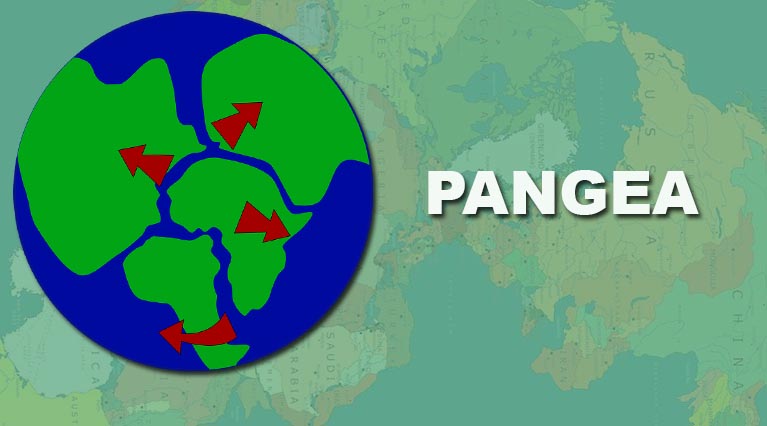Last modified on September 7th, 2020 at 5:03 am
Pangea – The Ultimate Supercontinent
Pangea was not always a widely accepted concept. Pangea by definition is “the hypothetical landmass that existed when all continents were joined, from about 300 to 200 million years ago.” (via Dictionary.com). It was only somewhat recently that Pangea became a widely accepted concept.
Panthalassa – Pangeas “Super Ocean”
Pangea surrounded a singular ocean called Panthalassa, and it was completely assembled by the Early Permian Date (some 299 million to 273 million years ago). The supercontinent started to disintegrate about 200 million years back, throughout the Early Jurassic Date (201 million to 174 million years ago), ultimately forming the modern-day continents and the Atlantic and Indian oceans. Pangea’s presence was very first proposed in 1912 by German meteorologist Alfred Wegener as a part of his theory of continental drift. Its name is originated from the Greek pangaia, implying “all the Earth.”
<p>The very first oceans formed from the break-up, some 180 million years earlier, were the central Atlantic Ocean in between northwestern Africa and The United States and Canada and the southwestern Indian Ocean in between Africa and Antarctica.The South Atlantic Ocean opened about 140 million years back as Africa separated from South America. At about the very same time, India separated from Antarctica and Australia, forming the central Indian Ocean.
Lastly, about 80 million years back, The United States and Canada isolated from Europe, Australia started to rift far from Antarctica, and India broke away from Madagascar. India ultimately hit Eurasia around 50 million years back, forming the Mountain ranges.
<h2>How Many Pangea’s Were There?Throughout Earth’s long history, there most likely have actually been many Pangea-like supercontinents.
The earliest of those supercontinents is called Rodinia and was formed throughout Precambrian time some nearly a billion years back.
Another Pangea-like supercontinent, Pannotia, was put together 600 million years earlier, at the end of the Precambrian. Contemporary plate movements are bringing the continents together when again.
<p>Africa has actually started to hit southern Europe, and the Australian Plate is now hitting Southeast Asia. Over the course of the next 250 million years, The Americas and Africa will combine with Eurasia to form a supercontinent that approaches Pangean percentages. The episodic assembly of the world’s landmasses has actually been called the supercontinent cycle or, in honor of Wegener, the Wegenerian period.The system for the separation of Pangea is now described in regards to plate tectonics instead of Wegener’s outmoded principle of continental drift. It merely mentioned that Earth’s continents were when collaborated into the supercontinent
Pangea that lasted for the majority of the geologic time. Plate tectonics indicates that Earth’s external shell, or lithosphere, includes big stiff plates that move apart at oceanic ridges, come together at subduction zones, or slip past one another along a geological fault. The pattern of seafloor dispersing shows that Pangea did not disintegrate at one time however somewhat fragmented in different phases. Plate tectonics likewise postulates that the continents accompanied one another and crumbled numerous times in Earth’s geologic history.
I have been a nature enthusiast since I was a small girl. My background is in online marketing and website development. It only makes sense to merge my love for nature with my skills in online marketing to help spread awareness, and appreciation for Our Beautiful Planet.
</div>



